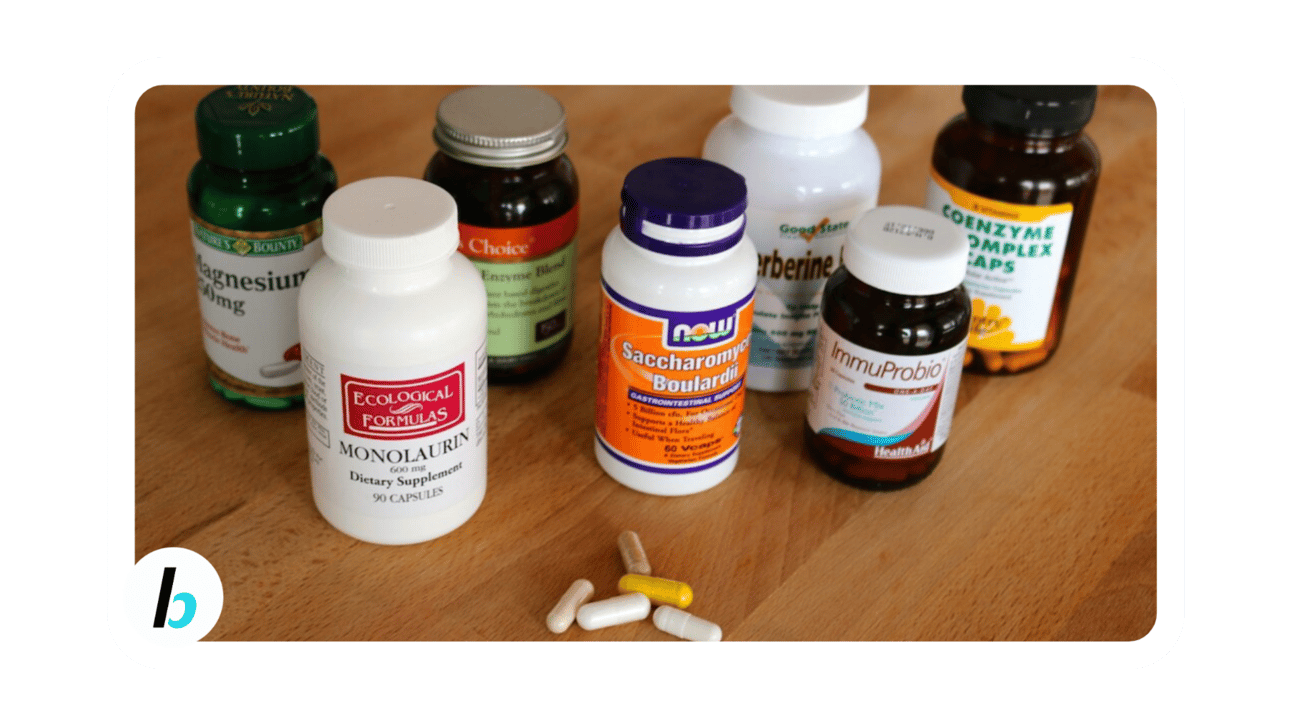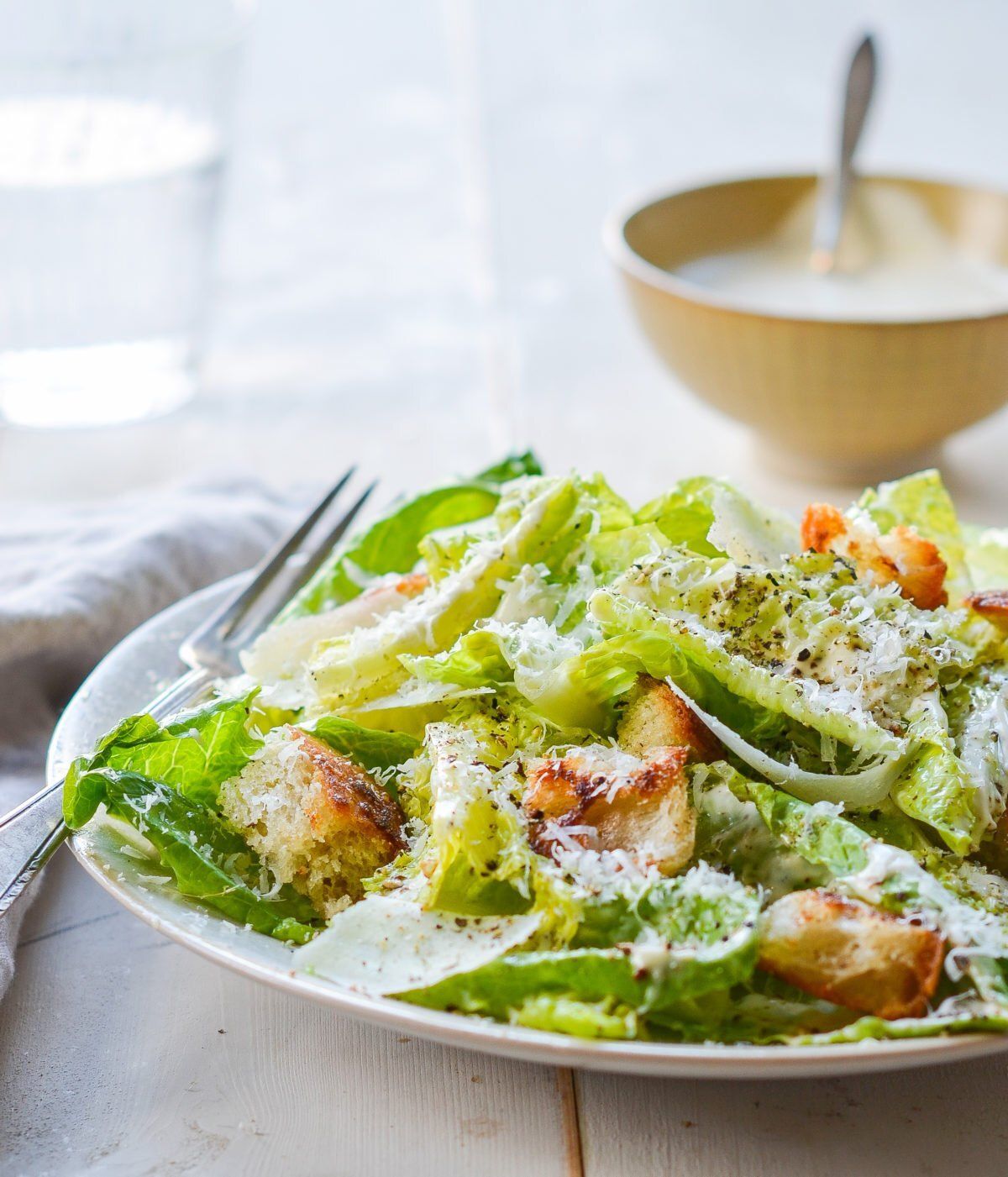Hey fitness nerds!
Thank you all {{active_subscriber_count}} of you!
Walking through supplement aisles can be overwhelming with hundreds of colourful bottles promising everything from better sleep to superhuman strength.
As we age, our nutritional needs change, but do we really need all these pills and powders? The answer might surprise you.
Read 🔽 below!
💊
IN LESS THAN 10 MINUTES WE WILL COVER:
Weekly Insights:
Supplements 101 - What People 30+ Might Really Need
Article Explained Simple: Stress Eating - The Science of Why We Crave Comfort Food
Top 3 Mistakes New Fitnessers Make
Protein-Packed Caesar Salad Recipe
Seeking impartial news? Meet 1440.
Every day, 3.5 million readers turn to 1440 for their factual news. We sift through 100+ sources to bring you a complete summary of politics, global events, business, and culture, all in a brief 5-minute email. Enjoy an impartial news experience.
Supplements 101 - What People 30+ Might Really Need

The supplement industry is booming with global sales exceeding $150 billion annually. Yet many experts agree that most supplements provide little benefit for healthy adults eating a balanced diet. That said, as we age past 30, certain nutritional needs change and some supplements become more valuable.
Vitamin D is perhaps the most important supplement for adults over 30. Despite its name, vitamin D acts more like a hormone in our bodies, influencing hundreds of different processes. Research shows that up to 42% of Americans are deficient in this crucial nutrient.
Our bodies naturally produce vitamin D when our skin is exposed to sunlight. However, modern indoor lifestyles, sunscreen use, and living in northern latitudes all reduce our natural production. After 30, our skin becomes less efficient at synthesizing vitamin D, making supplementation more important.
Low vitamin D levels are linked to increased risk of osteoporosis, certain cancers, cardiovascular disease, and even depression. For most adults, a daily supplement of 1000-2000 IU is appropriate, though your specific needs may vary based on factors like skin tone, geographic location, and time outdoors.
Magnesium is another supplement that becomes increasingly valuable as we age. This mineral is involved in over 300 enzymatic reactions in the body, yet approximately 50% of Americans consume less than the recommended amount.
Modern agricultural practices have depleted magnesium from our soil, making even vegetables lower in this mineral than they once were. Stress, which tends to increase in our 30s and beyond due to career and family responsibilities, further depletes magnesium levels.
Adequate magnesium improves sleep quality, reduces muscle cramps, supports heart health, and helps regulate blood sugar levels. Most adults benefit from 300-400mg daily, preferably as magnesium glycinate or magnesium citrate for better absorption.
For those with active lifestyles, creatine monohydrate is worth considering after 30. Once stereotyped as just for bodybuilders, research now shows creatine provides benefits for overall health, especially as we age.
Our natural creatine production decreases after 30, yet this compound helps maintain muscle mass, which naturally begins declining around age 30 at a rate of 3-5% per decade. Beyond muscle, creatine supports brain health and cognitive function.
Numerous studies show that creatine is not only safe but potentially beneficial for long-term health. The standard dose is 3-5 grams daily, and contrary to old myths, there's no need for loading phases or cycling.
For women, especially, iron supplements may become more important in the 30+ years. Menstruating women lose iron monthly, and many enter their 30s already borderline deficient. Iron deficiency is the most common nutritional deficiency worldwide and causes fatigue, weakness, and reduced cognitive function.
However, iron is one supplement where more is not better. Too much can be harmful, so blood testing to confirm deficiency is recommended before supplementation.
Omega-3 fatty acids are another supplement worth considering, especially if you rarely eat fatty fish. These essential fats help reduce inflammation, support brain health, and may reduce the risk of heart disease. Our bodies cannot produce omega-3s, so we must get them through diet or supplementation.
The typical Western diet contains far more omega-6 fatty acids than omega-3s, creating an imbalance that may contribute to chronic inflammation. A quality fish oil or algae-based supplement providing 1000-2000mg of combined EPA and DHA daily can help restore balance.
For those over 40, Coenzyme Q10 (CoQ10) becomes increasingly relevant. Our bodies produce less CoQ10 as we age, yet this compound is essential for cellular energy production. Additionally, common medications like statins can further deplete CoQ10 levels.
Supplementation with 100-200mg daily may help maintain energy levels, support heart health, and reduce the muscle pain sometimes associated with statin medications.
While these supplements have good evidence behind them, remember that whole foods should always be your primary source of nutrition. Supplements are exactly what their name suggests - they supplement a good diet, not replace it.
Before starting any supplement regimen, consider getting appropriate blood work to identify your specific needs. What works for someone else might not be what your body requires. Consulting with a healthcare provider familiar with nutritional supplements can help you create a personalised plan.
Finally, remember that no supplement can compensate for poor lifestyle choices. Quality sleep, stress management, regular exercise, and a nutrient-dense diet remain the foundation of health at any age.

Fitness and health enthusiasts - We have a lot of things in store for you!
Check out busybody.io - and join the waitlist for our brand-new AI health app.
Article of the Week
Article Explained Simple: Stress Eating - The Science of Why We Crave Comfort Food
The study examined why we reach for high-calorie "comfort foods" during stressful times.
Researchers found that stress activates our body's fight-or-flight response, releasing hormones like cortisol that increase appetite, particularly for foods high in fat and sugar.
These comfort foods temporarily reduce stress by triggering the release of dopamine, creating a reward signal in our brain that strengthens the connection between stress relief and certain foods.
This creates a powerful cycle: stress leads to comfort eating, which temporarily reduces stress, reinforcing the behaviour for future stressful situations.
The study also found that chronic stress can alter our brain's reward pathways, making us more sensitive to these highly palatable foods and less responsive to feelings of fullness.
Fascinating Fact:
Women appear to be more susceptible to stress-induced eating than men. Research suggests this may be due to hormonal differences, as estrogen can influence both stress responses and eating behaviours.
We have also started a referral program where you can earn prizes for referring your friends to this newsletter.
What other topics do you want me to write about?
Top 3 Mistakes New Fitnessers Make
Starting a fitness journey is exciting, but these common mistakes can lead to frustration and early burnout:

Doing too much too soon
Enthusiasm is great, but jumping from zero workouts to five intense sessions per week is a recipe for injury and burnout.Your body needs time to adapt to new stresses. Start with just 2-3 sessions per week at moderate intensity.
Gradually increase frequency, duration, or intensity, but never all three at once.
Success comes from consistency over months and years, not from a few weeks of extreme effort.
Focusing on exercise without fixing nutrition
You cannot outwork a poor diet. Many new exercisers are disappointed when they see little progress despite regular workouts.Exercise alone typically produces modest weight loss results without dietary changes.
Track your food intake for a few days to understand your current habits. Then make small, sustainable improvements rather than attempting a complete diet overhaul.
Prioritise protein intake and adequate hydration as your first nutritional goals.
Copying advanced workout routines
That complex workout program your favourite fitness influencer follows likely took years to build up to.Advanced routines are often too intense and technically demanding for beginners, leading to poor form, injury, and discouragement.
Start with foundational movements and master proper form before progressing to more complex exercises.
Consider working with a qualified trainer initially to learn correct technique and appropriate progression.
Remember, fitness is a marathon, not a sprint. The people who succeed long-term are those who start slow, build consistent habits, and focus on gradual improvement.
Protein-Packed Caesar Salad Recipe (makes 4 servings)
Traditional Caesar salad can be a nutritional disaster with loads of calories and fat but minimal protein.
This revamped version delivers the classic flavours you love while providing nearly 30g of protein per serving.
This recipe was created in 2 minutes with the BusyBody App. Click the button for free access to the app.

Macros per serving
Total Calories: 380 kcal
Protein: 28 g
Carbohydrates: 12 g
Sugars: 3 g
Fat: 18 g
The Ingredients
For the salad:
2 large romaine lettuce hearts, chopped (about 8 cups)
400g grilled chicken breast, sliced (about 14 oz)
50g grated Parmesan cheese (1/2 cup)
4 slices turkey bacon, cooked crisp and crumbled
2 hard-boiled eggs, sliced
For the dressing:
120g plain Greek yoghurt (1/2 cup)
2 tablespoons olive oil
1 tablespoon lemon juice
2 teaspoons Dijon mustard
2 teaspoons Worcestershire sauce
2 cloves garlic, minced
2 tablespoons grated Parmesan cheese
1/4 teaspoon salt
1/4 teaspoon black pepper
Instructions
Make the dressing by combining all dressing ingredients in a small bowl and whisking until smooth. If the dressing is too thick, add a splash of water to reach the desired consistency.
In a large bowl, add the chopped romaine lettuce.
Pour the dressing over the lettuce and toss until evenly coated.
Divide the dressed lettuce among four plates or bowls.
Top each serving with equal portions of grilled chicken, crumbled turkey bacon, sliced hard-boiled eggs, and grated Parmesan cheese.
For meal prep, store the dressing separately and assemble just before eating to keep the lettuce crisp.
Make your dream of working online a reality and start a newsletter - join beehiiv for free and don’t pay any renewal fees until you grow your subscriber base >2500 subscribers.
I’ve personally tried plenty of other platforms, and Beehiiv is hands down the best and easiest to use.

